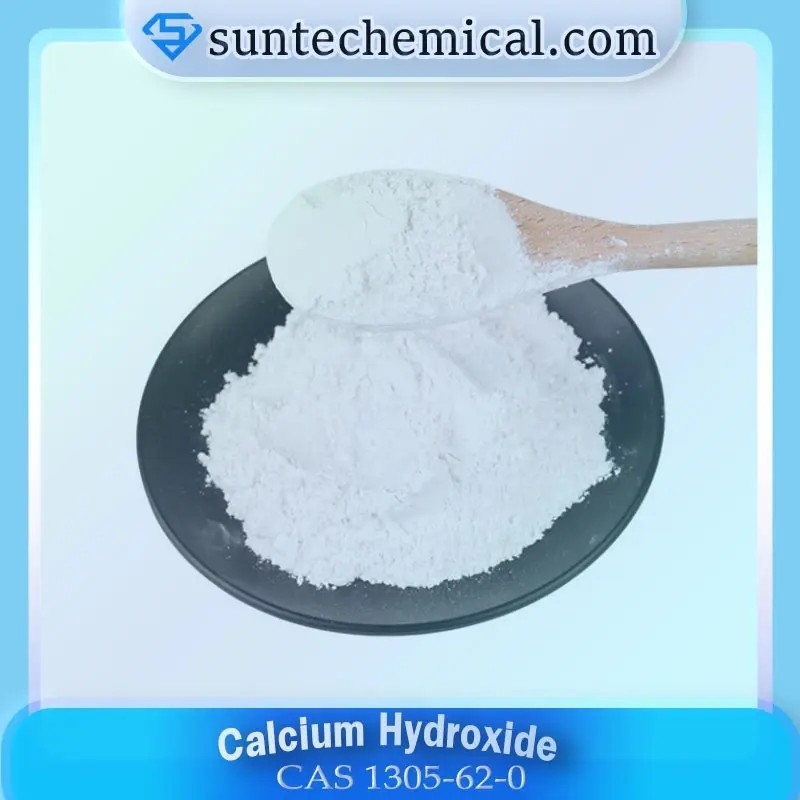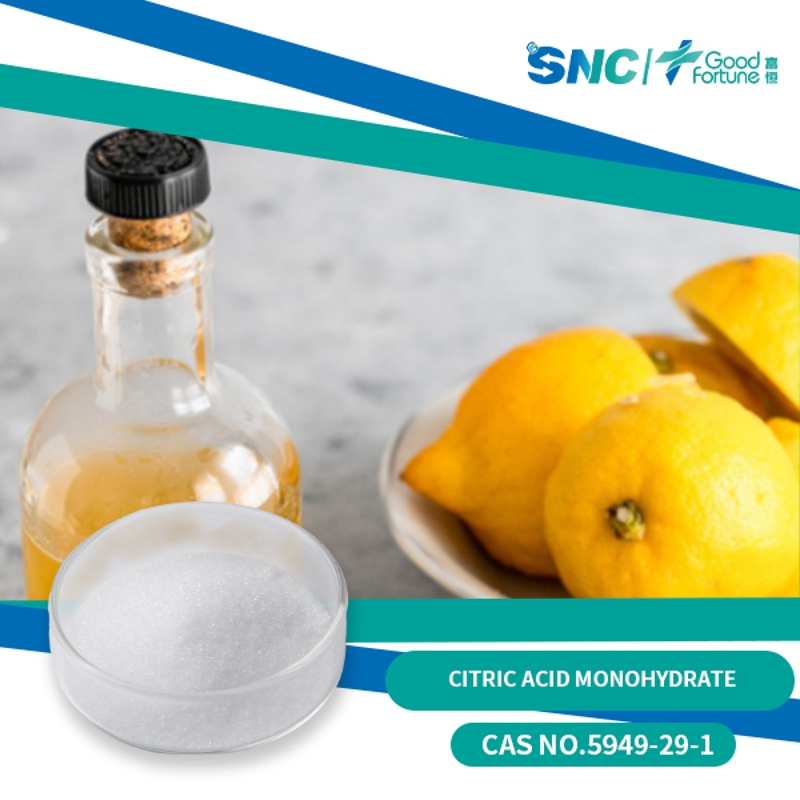Types of Acidity Regulators
-
Last Update: 2018-02-22
-
Source: Internet
-
Author: User
Search more information of high quality chemicals, good prices and reliable suppliers, visit
www.echemi.com
Introduction: there are many kinds of Acidity Regulators You may not be very clear about them Next, let's introduce them to you We can also have a detailed understanding of the functions of Acidity Regulators Acidity regulator or pH regulator is a general term of acid, alkali and salt substances used to maintain or adjust the pH of food system or have buffering effect Among them, the most commonly used is the acid flavor agent used to adjust the taste, in addition, some strong acidic and alkaline substances (such as hydrochloric acid and sodium hydroxide) are included, which are only used for some processing or some process requirements The allowed Acidity Regulators in China are: citric acid, lactic acid, tartaric acid, malic acid, metatartaric acid, phosphoric acid, acetic acid (acetic acid), hydrochloric acid, adipic acid, fumaric acid, sodium hydroxide, potassium carbonate, sodium carbonate (including anhydrous sodium carbonate), sodium citrate, potassium citrate, trisodium bicarbonate (trisodium bicarbonate), monosodium citrate, potassium bicarbonate, calcium phosphate, trisodium phosphate There are 26 kinds of potassium, calcium lactate, calcium hydroxide, potassium hydroxide, sodium bicarbonate, δ lactone gluconate and l (+) tartaric acid There are many kinds of Acidity Regulators, among which citric acid is widely used Hydrochloric acid and sodium hydroxide are strong acid and strong alkaline substances, which are corrosive to human body They can only be used as processing aids, and should be neutralized before food processing What's the function of acidity regulator? Besides seasoning, it also has antiseptic function It can also be used as antioxidant It has chelating effect, which makes metal ions combine and lose catalytic activity The acidity regulator also has the function of buffer and the function of bulking agent and gelling agent In addition to adjusting the pH of food, controlling the acidity and improving the flavor, there are many other functional characteristics of acidity regulator Its effective application is mainly controlled by the characteristics of food, usually organic acids and buffering salts Because many organic acids are the normal components of food, or participate in the normal metabolism of human body, they have high safety and are widely used We need to correctly understand the acidity regulator, actively understand the food safety knowledge, master more food information, and learn to use the food safety detector, which is helpful to us Editor in charge: he xianrob
This article is an English version of an article which is originally in the Chinese language on echemi.com and is provided for information purposes only.
This website makes no representation or warranty of any kind, either expressed or implied, as to the accuracy, completeness ownership or reliability of
the article or any translations thereof. If you have any concerns or complaints relating to the article, please send an email, providing a detailed
description of the concern or complaint, to
service@echemi.com. A staff member will contact you within 5 working days. Once verified, infringing content
will be removed immediately.







